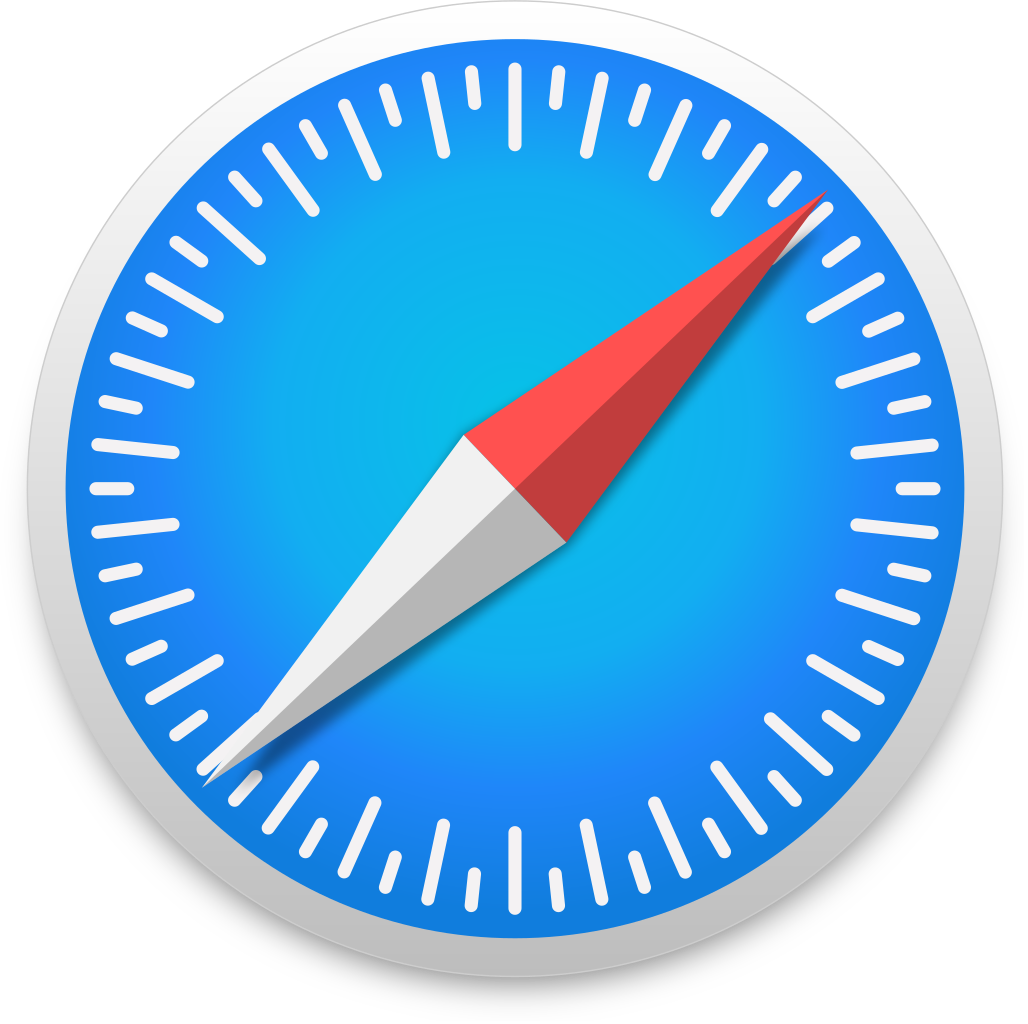2.6 million years ago early humans were beginning to use sharp stones for cutting meat and other foods. At the dawn of 2017, we are looking forward to the development of driverless cars, uncanny augmented and virtual reality software, and big data capabilities for which the word “big” seems euphemistic. Throughout the history of technology connecting then and now, some innovations have been revolutionary: the wheel, the internal combustion engine, the Internet, and so on. The next big one appears to be Artificial Intelligence, which has the potential to radically change not just the way or how we work, but who works.
What will change?
We already use technologies with what’s known as “weak AI”; Apple’s Siri, a robot that has a limited capacity to learn from and respond to the forces acting upon it, is an example. The company x.ai has produced the next evolution of a technology like Siri: an AI-powered personal assistant named Amy who supports users with scheduling meetings. Amy removes the tedium of pinging emails back and forth to figure out the best time and location for meetings, basing her conclusion on the user’s schedule and preferences.
AI is not the only job security-threatening technology on the horizon. As Richard and Daniel Susskind observe in The Future of the Professions, we have a tendency to underestimate the capabilities of new technologies. What they term the “AI fallacy” is our biased and “mistaken supposition that the only way to develop systems that perform tasks at the level of experts or higher is to replicate the thinking processes of human specialists”.1 If we relinquished this perspective, we’d recognize that many new systems that haven’t reproduced human consciousness are nevertheless “out-performing human experts”. This is evident in new technologies’ “massive data-storage capacity and brute-force processing”. Alongside this current threat is the potential for the development of “strong AI” in the future, forms of AI with such an array of skills that they could “exceed human capacities”.
The scale of these changes means that the impact of the AI revolution on the workplace (and human society more broadly) cannot be compared to that of past technological revolutions, making the horizon appear very blurry indeed. With AI we are, in Daniel Anderson’s words, “confronted with a radical new factor, for the arrival of which we are utterly unprepared”.2 This unpreparedness, as Susskind and Susskind argue, is partly due to our misconception of technological developments. But it is also, in part, inevitable, since we do not know exactly what is going to change and when. At most we can say, as Susskind and Susskind conclude, that “the least likely future” is one in which “nothing will change”.
How do we respond?
While we cannot know the future before it arrives, as individuals and organisations we can take steps now to make sure we are as prepared as possible for whatever happens. Instead of waiting for change to happen, which is tantamount to organisational death, companies must anticipate change. Although we might not be prepared for the changes themselves, we can increase our chances of survival in the business environment by enhancing our preparedness and readiness to adapt.
This starts with recognizing that change is the only certainty. Whether we like it or not, radical change will occur; success will come only if individuals and organisations can adapt to industry and marketplace shifts and incorporate new technology into company culture and regular operations. The most successful companies will be those with a culture that embraces change. To develop this culture necessitates openness and curiosity when confronted by new ideas; organisations and teams who embrace change and encourage idea cultivation will adapt. To build this culture you need leaders to be role models who understand how to and can cognitively reframe potentially adverse circumstances; leaders must display patterns of thinking (a mindset) and behaviours that shift perceptions of change from threat to opportunity and excitement.
Such a process requires individuals to develop their tolerance of uncertainty. When confronted by significant change and the uncertainty it brings, we tend to go into a threat state. This is an evolutionary reaction for survival. While it is instinctive, it is also inhibitive: stress and anxiety cloud our cognitive function, which can result in unhelpful thinking and irrational behaviour. Moreover, the protracted stress uncertainty arouses can have adverse consequences for our physical health, performance, and psychological wellbeing.3
It has been shown, however, that individuals with high tolerance of uncertainty experience fewer negative symptoms when faced with disruptions in their environment. Individuals with high tolerance of uncertainty often manage to perceive uncertain situations as interesting opportunities. This is partly due to a high level of cognitive flexibility – that is, the ability to adapt cognitive processing strategies to face new and unexpected conditions in the environment.
The cost of intolerance of uncertainty can be disastrous for companies; a sense of threat can spread throughout teams and the wider organisation via conscious or unconscious emotional contagion. This has been shown to reduce the probability of rational risk-taking, creativity, and openness to new ideas, stagnating idea flow and creating silos or echo chambers.
The best way to combat this is by modifying collective perceptions of and reactions to change. As Alex Pentland has outlined, the most potent predictor of an individual or team’s behaviour is how exposed they are to the behaviours of other individuals and teams. This is greater than all other factors combined. Therefore, the best way to adjust cultural attitudes and collective behaviour is to enhance idea flow across groups, which means both to steer ideas in positive ways and to encourage as diverse flow as is possible. Encouraging idea flow will make individuals and teams more open and responsive to difference and change, and over time engender a new, more cognitively flexible organistional mindset.
If we forgo developing the psychological and behavioural capacities that underlie and determine everything we think and do, we will not be in the best position to thrive in the AI future. The divide between the old and the new, between those that consciously or subconsciously dislike change and the disruptors and innovators who embrace change, will continue to grow. To avoid such division, we need to engage in holistic, organisation-wide approaches that can positively change how we view change.
Footnotes
Richard Susskind and Daniel Susskind, The Future of the Professions: How technology will transform te work of human experts, (London: Oxford University Press, 2015)
Adrian Furnham






